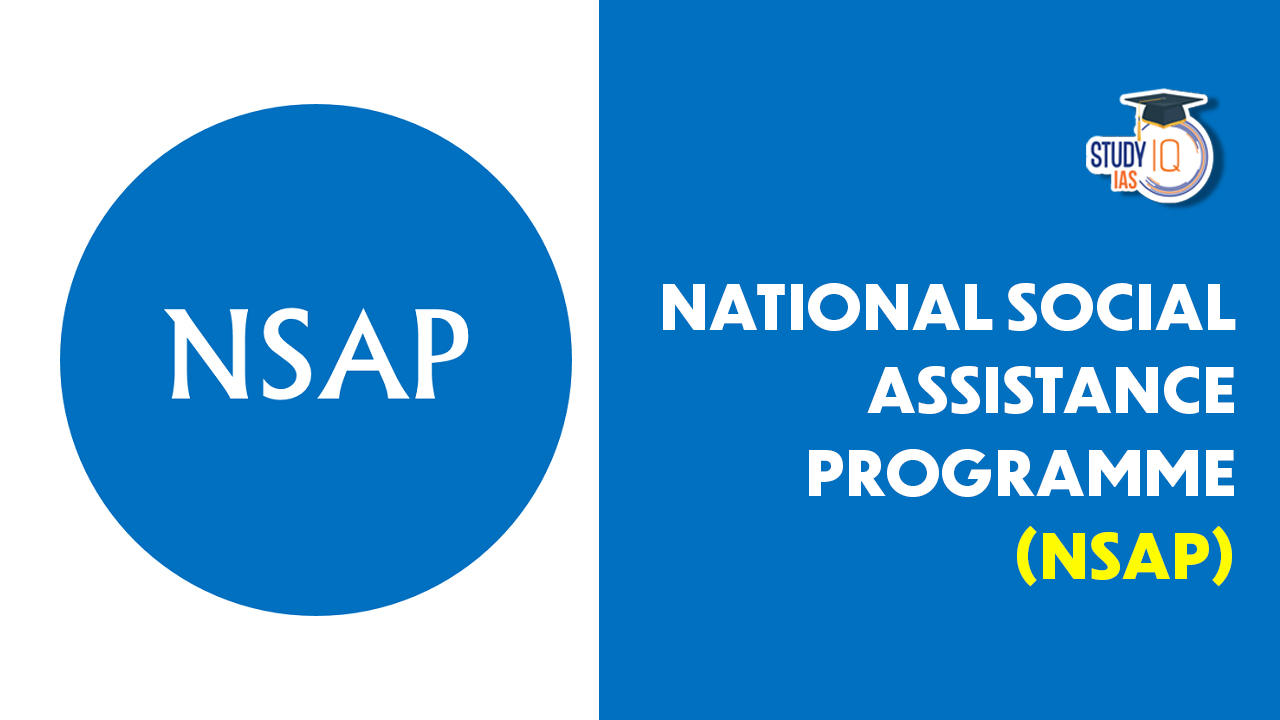Table of Contents
National Social Assistance Programme
National Social Assistance Programme is referred to as NSAP. The NSAP was introduced on August 15, 1995. In recognising the concurrent responsibilities of the Central and State Governments in this area, the Directive Principles in Articles 41 and 42 of the Constitution are fulfilled in a considerable way through the National Social Assistance Programme (NSAP).
In particular, Article 41 of the Indian Constitution mandates that the State, to the extent of its economic capabilities and level of development, offer public assistance to its inhabitants in the event of unemployment, old age, disease, or disability, as well as in cases of other unjustified need.
Objective of National Social Assistance Programme
The National Social Assistance initiative is a social security and welfare initiative that offers assistance to elderly people, widows, disabled people, and bereaved families after the loss of the primary breadwinner in a family that falls below the federal poverty level.
Components of National Social Assistance Programme
A new programme called as the Annapurna Scheme was introduced on April 1st, 2000. This programme attempted to satisfy the needs of older adults who were eligible but were left uninsured under the NOAPS by providing food security.
- National Old Age Pension Scheme (NOAPS,
- National Family Benefit Scheme (NFBS) and
- National Maternity Benefit Scheme (NMBS). The National Maternity Benefit Scheme (NMBS) was subsequently transferred on 1st April, 2001 from the Ministry of Rural development to the Ministry of Health and Family Welfare.
Two new programmes, the Indira Gandhi National Widow Pension Scheme (IGNWPS) and the Indira Gandhi National Disability Pension Scheme (IGNDPS), were unveiled in February 2009.
- Indira Gandhi National Old Age Pension Scheme (IGNOAPS),
- Indira Gandhi National Widow Pension Scheme (IGNWPS),
- Indira Gandhi National Disability Pension Scheme (IGNDPS),
- National Family Benefit Scheme NFBS) and
- Annapurna.
Eligibility and scale of assistance
According to the guidelines established by the Government of India, the applicant must be a member of a Below Poverty Line (BPL) family in order to qualify for benefits under the NSAP. The following are the additional qualifying requirements and the level of central assistance for the NSAP sub-schemes. In addition to the central support, each state and the District of Columbia pay an equal share:
- The eligibility age for the Indira Gandhi National Old Age Pension Scheme (IGNOAPS) is 60 years. For people between 60 and 79 years old, the pension is Rs. 200 per month. The pension is Rs. 500 per month for those who are 80 years of age or above.
- The pension under the Indira Gandhi National Widow Pension Scheme (IGNWPS) is Rs. 300 per month, and the eligibility age is 40.
- Annapurna Scheme: Each beneficiary receives 10 kilogramme of food grains (either rice or wheat) each month. The programme seeks to satisfy the needs of eligible elderly people who have been left uninsured under the IGNOAPS by ensuring food security.
- National Family Benefit Scheme (NFBS): In the case that the household’s breadwinner passes away, Rs. 20,000 would be granted as a lump sum help. It is made clear that the family would be eligible for support in the case of any death (natural or otherwise). For this purpose, a woman who stays at home and takes care of the family is also regarded as the “bread winner.”





















 WhatsApp
WhatsApp